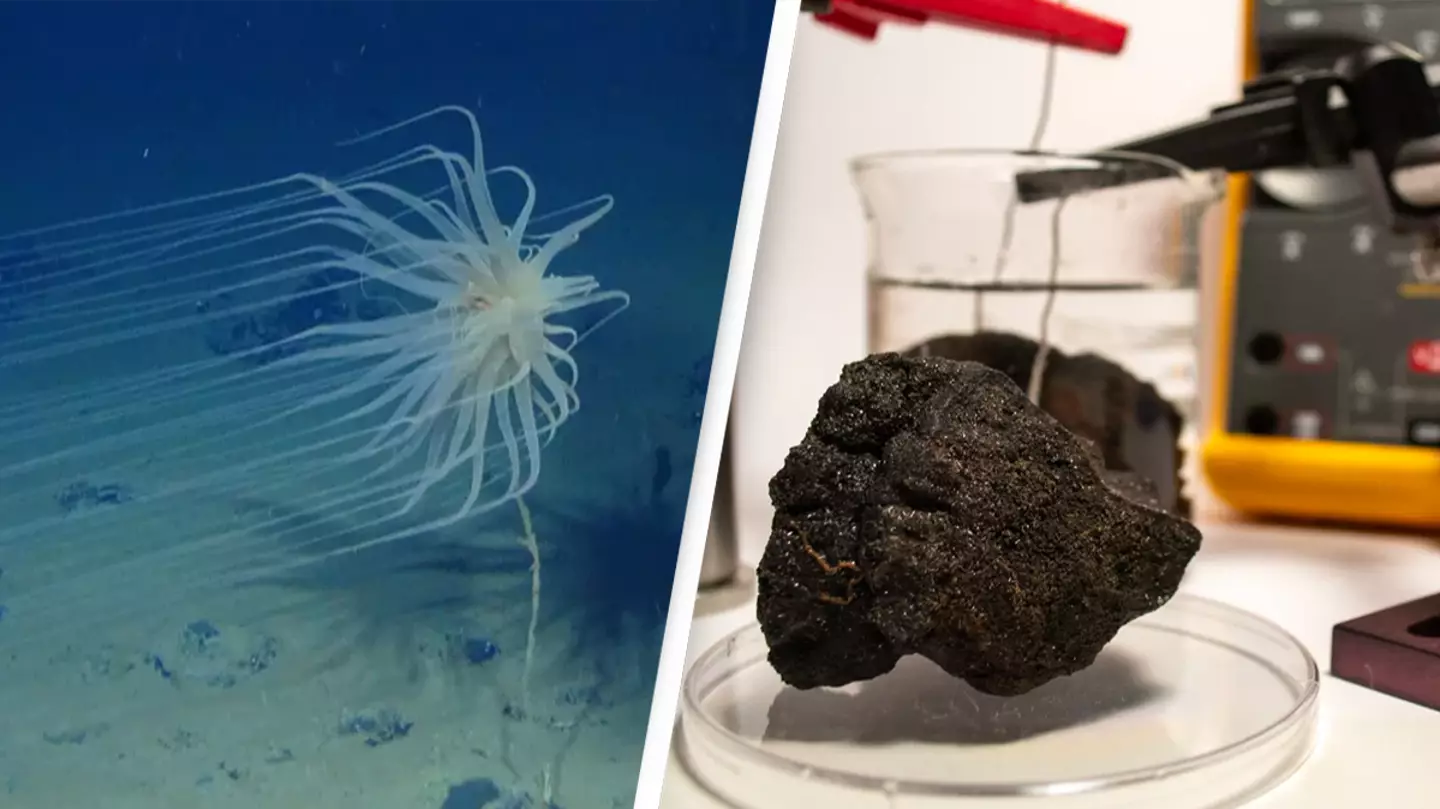'Ground-breaking' dark oxygen discovery 13,000 feet below ocean's surface has scientists re-thinking origins of life
The discovery is so significant that scientists now need to ponder how aerobic life began on Earth
Featured Image Credit: Craig Smith/Diva Amon/ABBYSLINE Project/Camille Bridgewater/Northwestern UniversityTopics: Science, Environment, Nature

